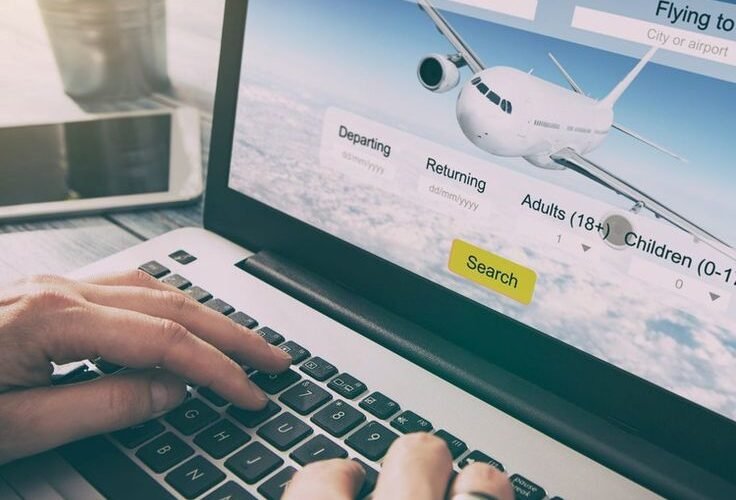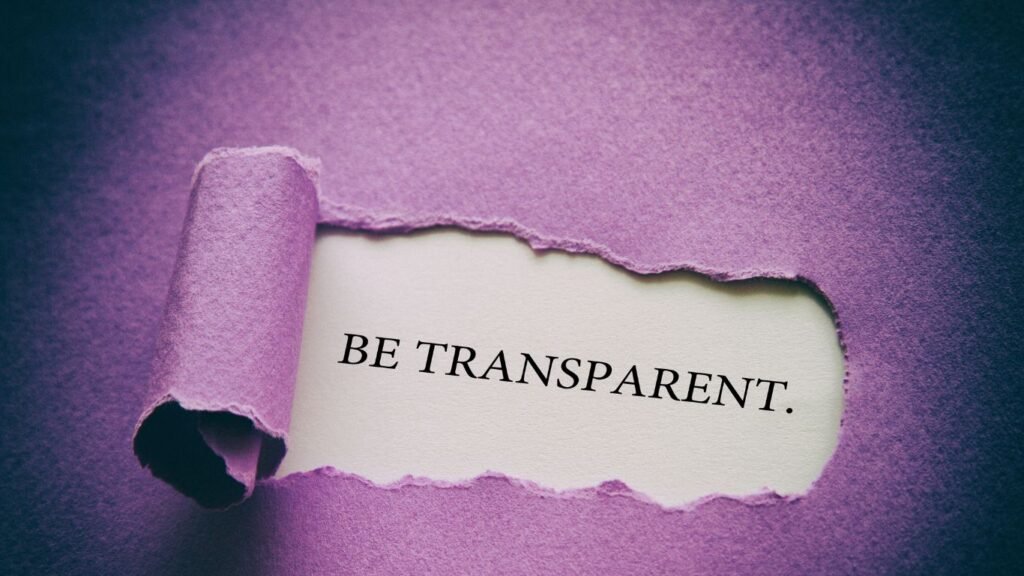Flight Booking Hacks: Platforms Reviewed

Booking a flight today doesn’t just involve selecting dates and hitting “confirm.” With dynamic pricing, multiple platforms, loyalty programs, cashback offers, and hidden charges, students and frequent travelers must play smart. In 2025, technology-driven platforms have simplified the process, but only the well-informed traveler secures the best deal. Let’s explore key flight booking hacks and thoroughly review the top platforms that offer value, speed, and transparency.
Why Flight Booking Needs a Strategy
Airfares fluctuate based on time, demand, device type, and even browsing history. Airlines run limited-time promotions, while booking platforms apply their own service fees. With dozens of variables influencing your ticket cost, knowing when, how, and where to book gives you an edge.
Flight Booking Hacks You Must Use
1. Book Early, But Not Too Early
Most platforms open ticket sales about 10 to 11 months in advance. However, airlines usually release discounts around 6–8 weeks before the departure date. Domestic travelers get the best deals 21–28 days prior to departure, while international travelers benefit by booking 60–75 days in advance.
2. Use Incognito or Private Browsing
Websites track cookies and may raise prices on repeat searches. Browsing in incognito mode (or using a VPN) eliminates this artificial price inflation. Always search and compare in private mode.
3. Leverage Price Alerts
Platforms like Skyscanner and Google Flights allow users to set fare alerts. These tools monitor fluctuations and send real-time price updates. They save both time and money by avoiding constant manual checks.
4. Mix and Match Airlines
Avoid booking round trips with one airline. Often, separate one-way bookings with different carriers save more. Use aggregator sites that support this feature — they often highlight cheaper combinations.
5. Book on the Right Day
Several studies show that mid-week bookings (especially Tuesday and Wednesday) yield better deals. Early mornings or late nights often display lower fares due to reduced web traffic and refreshed inventory.
6. Consider Nearby Airports
Major cities often have multiple airports. If you’re flying to Delhi, consider Indira Gandhi International or even Chandigarh as an alternative. Flexible arrival and departure airports create room for savings.
7. Apply Cards, Coupons & Wallets
Platforms regularly partner with credit card companies, UPI apps, and mobile wallets. Use those that offer cashback, instant discounts, or reward points. Before checkout, scan for available coupon codes or payment offers.
Top Platforms Reviewed: Performance & Perks
Let’s break down the best platforms for booking flights in 2025, comparing them across usability, pricing accuracy, offers, and customer support.
1. Google Flights
What Works Well:
Google Flights leads with its intuitive interface and fastest search engine. It lets users compare prices across months, find cheapest dates, and set up alerts instantly. Google highlights the environmental impact (carbon emissions) and price history charts. Its filter system offers maximum flexibility — by number of stops, alliance, luggage, and layover length.
Limitations:
Google Flights doesn’t complete bookings on its platform. It redirects users to third-party airline sites or OTAs, which can vary in experience.
Best For:
Comparing fares, flexible travel dates, tracking fare history
Hack Tip:
Use Google Flights to research and compare, then head to the airline’s official site for final booking to avoid third-party fees.
2. Skyscanner
What Works Well:
Skyscanner excels in global route coverage. It pulls results from full-service airlines, low-cost carriers, and even budget airport hubs. Travelers who choose “cheapest month” or “everywhere” search functions enjoy amazing deals.
Its mobile app has improved in 2025, adding voice search and AI-based suggestion features.
Limitations:
The final price sometimes changes on redirection, and baggage fees appear late in the booking process.
Best For:
Budget international travel, students planning flexible trips, vacationers exploring multiple destinations
Hack Tip:
Use the “mix & match” option to find two different airlines for departure and return at better prices.
3. MakeMyTrip (India-Focused)
What Works Well:
MakeMyTrip remains the top choice for Indian travelers. It integrates flights, hotels, trains, and holiday packages into one platform. Their loyalty program, MyBiz, suits frequent travelers with travel credits and early access to discounts.
MMT frequently partners with Indian banks to offer strong card-based discounts. In 2025, the MMT app added live fare predictions and student travel segments.
Limitations:
Customer service often feels slow during cancellations or refunds. Also, insurance and add-ons default as checked, so users must deselect to avoid extra charges.
Best For:
Domestic travel, travelers using Indian payment options, users who want flight + hotel combos
Hack Tip:
Check the MMT “Deal Zone” for daily card offers — often ₹1,000+ savings on round-trip domestic tickets.
4. ixigo
What Works Well:
ixigo gives users an AI-powered fare prediction tool. It analyzes trends and advises whether you should book now or wait. It also allows one-click refund tracking and real-time price change notifications.
Students and young professionals love ixigo because of its simplified app layout and cashback wallet.
Limitations:
ixigo sometimes features fewer international low-cost airlines compared to Skyscanner.
Best For:
Smart domestic fare tracking, Indian payment support, refund transparency
Hack Tip:
Activate ixigo Wallet — it stores credits and cashback, which can reduce future bookings by up to 10%.
5. EaseMyTrip
What Works Well:
EaseMyTrip promotes itself as a zero-convenience fee platform. While most OTAs add ₹250–₹500 per ticket as booking charges, EaseMyTrip skips them. That keeps the base fare lower. It also shows a neat refund breakdown before you cancel.
The app has gained traction among Indian students flying home from metro cities during vacation breaks.
Limitations:
Its international booking flow lacks advanced filters compared to Google Flights or Skyscanner.
Best For:
Lowest price visibility, no hidden fees, straightforward refunds
Hack Tip:
Book last-minute domestic flights here — the price difference becomes visible when other OTAs inflate fees.
Bonus Tools for Booking Success
- Hopper: Use Hopper to analyze price forecasts. It tells you when to wait or book.
- Kiwi.com: This tool finds hidden city fares and unique flight combinations that normal OTAs ignore.
- Airline Websites: Direct bookings often provide better change/cancel policies and baggage inclusion. Use OTAs for research and airlines for booking when offers match.
Final Thoughts
Flight booking doesn’t need luck — it needs knowledge. With the right platforms and strategies, students, solo travelers, and corporate fliers can stretch every rupee. Choose tools that fit your travel style. Use price alerts, scan card offers, compare airport combinations, and stay flexible with dates.
Google Flights and Skyscanner lead with global coverage and transparency. MakeMyTrip and ixigo serve Indian travelers with regional offers and smart features. EaseMyTrip appeals to bargain hunters. But no matter the platform, the real hack lies in timing and information.
Keep searching, keep comparing, and always book smart — not fast.













